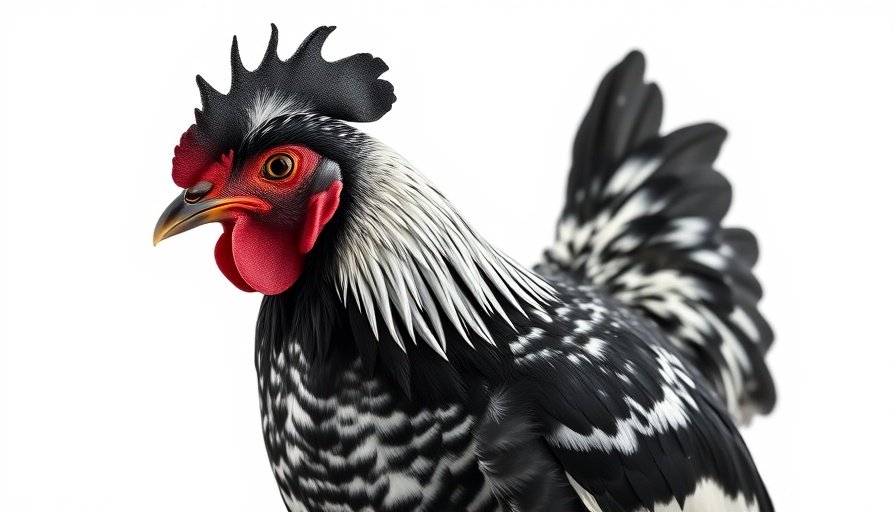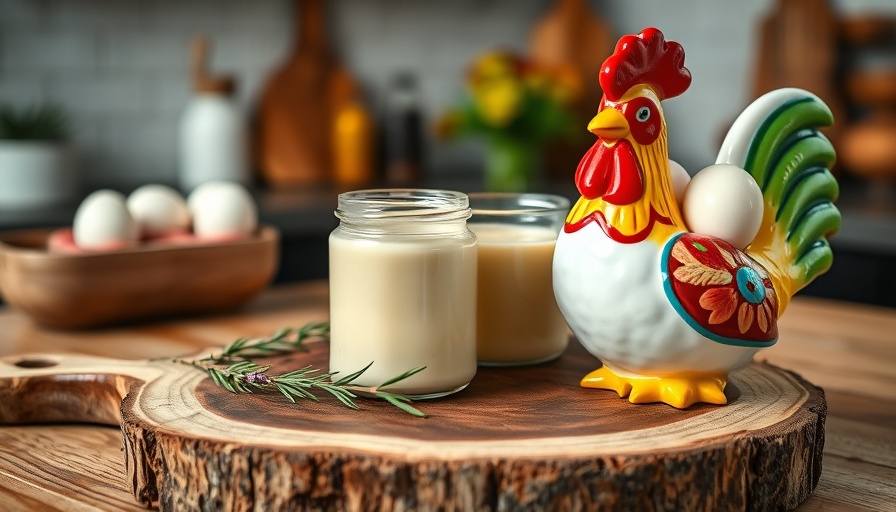
The Java Chicken: A Heritage Breed Worth Considering
For poultry professionals, expanding a flock with unique breeds can bring both aesthetic beauty and functional benefits. One such breed, the Java chicken, is steeped in history and is known for its dual-purpose capabilities—meat and egg production.
Historical Context and Breeding Traits
The Java chicken breed has an intriguing history, having been introduced to the United States in the early 1800s. It plays a pivotal role in the lineage of American domestic poultry. With its striking plumage, which often displays black, blue, or splash color patterns, the Java is not only visually appealing but also robust and hardy, making it suitable for various climates.
The Value of Java Chickens in Modern Poultry Operations
Understanding the economic viability of heritage breeds like the Java chicken can greatly benefit poultry suppliers and operators. The Java is recognized for its efficient feed-to-meat conversion rate as well as its reliable egg production, which can average around 150-200 eggs annually. This efficiency makes the Java chicken an attractive alternative for poultry managers looking to enhance their offerings.
Future Trends in Heritage Breeds
With the growing demand for sustainable farming practices, heritage breeds are gaining popularity. Choosing to include Java chickens in breeding programs could not only preserve genetic diversity but also appeal to consumers interested in farm-to-table practices. As the market shifts towards more organic and local sourcing, heritage breeds stand poised to become a significant part of the poultry landscape.
Take Action and Diversify Your Flock
For poultry professionals aiming to stay ahead in the industry, exploring the inclusion of Java chickens could not only enhance the heritage of your offerings but also improve overall flock productivity. By diversifying with heritage breeds, you are not only valuing historical lineage but also making a strategic choice that aligns with modern consumer preferences for quality and sustainability.
 Add Row
Add Row  Add Element
Add Element 



 Add Row
Add Row  Add
Add 
Write A Comment